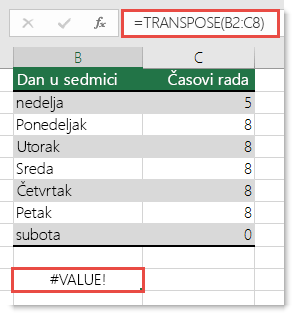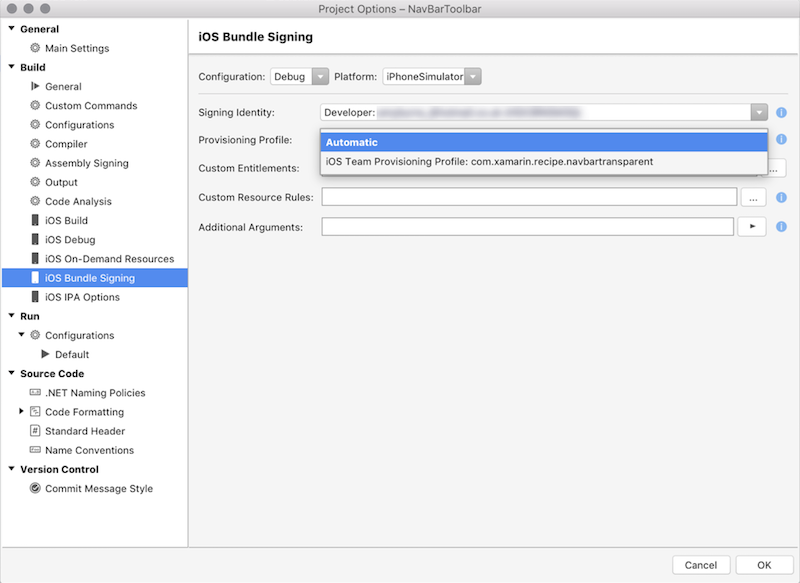Wiltgen.net Articles A .net Primer For Mac
Frequently Asked Questions (FAQ) Last revised: March 23rd, 2016 Is Paint.NET free? Yes, Paint.NET is indeed free in the sense that we do not charge money for it. Is there a portable version of Paint.NET? Not officially, no. Paint.NET is not designed to be, nor tested as, a portable application.

However, has permission to distribute a portable version of Paint.NET. If you use their portable version, please direct all troubleshooting questions to them.
(This is by no means some kind of special exclusive contract or promotional deal, nor is it an endorsement. They're just the first that asked.) Can I use Paint.NET for business, commercial, or government use? Or is it only free for 'personal' use? We have a separate licensing FAQ over on the main website: Will Paint.NET ever replace Paint in Windows? But you can always download it for free from our website. Honestly, it's better that Paint.NET is not integrated in to Windows, because that let's us keep our own design and agenda for everything.
Before Windows Vista was released, it was a common speculation that Paint.NET would replace Paint. This is completely, however. Can I make animated GIF's with Paint.NET?
Sort of - we do have a tutorial that will walk you through how to use Paint.NET and some other software to do this. Please use the search functionality of the forum to find these. Where's the Crop tool? There is no specific 'crop' tool, but you can do this quite easily using the other facilities. Simply select the area you want to crop by using one of the selection tools. You can then move, resize, or even rotate the selection by using the Move Selection tool (2nd row, 2nd column).
Finally, click on Crop to Selection in the Image menu (or press Ctrl + Shift + X, or use the button in the toolbar). If you're interested in selecting, say, a 4 inch by 6 inch area of the image, then make sure that you choose 'Fixed Size' or 'Fixed Ratio' in the toolbar for the Rectangle Select tool (the default is 'Normal'). I ran Paint.NET and it tried to access.
Unless you've told it not to, Paint.NET checks for updates every ten (10) days. This involves downloading a text file and inspecting its contents. You can disable this either by going through the 'Custom' setup path, or by disabling the options in Help-Check for Updates. We strongly encourage you to leave the update checking turned on.
This way, if there are bugs or - even worse - security problems, you will be notified quickly and given the ability to easily install an update. Please be aware that we can only provide any kind of support for the very latest release of Paint.NET. So if you have an older version and are having problems, please install the latest version first before asking for help. Is Paint.NET optimized for dual-core processors? I just bought an Intel Core i5. Paint.NET has been optimized for multicore and multiprocessor systems since its first release.
Everything from effect rendering, layer composition,.PDN file saving/loading, blitting, and more, are optimized for this. Our benchmarks show very impressive scaling based on the number of cores in a system. The main development workstation that I (Rick) use is a Dual Intel Xeon E5-2687W (16 cores total), so you can be assured that this is a key performance target. Version 4.0 greatly improves how well Paint.NET scales on multicore/multiprocessor systems. Does Paint.NET support 64-bit processors? Since v2.6, Paint.NET has had support for 64-bit mode if both your processor and operating system support it.
For example, if you have an Athlon 64 processor and are using Windows XP Professional x64 Edition, you will get the benefit of faster performance and the ability to work with larger images. There isn't a separate installer for 64-bit Paint.NET. It is detected and used automatically. Why aren't Windows 98 or ME supported? These legacy operating systems are not supported for many reasons. First is that it would require us to do extensive testing on each older version of Windows. We don't have the time, the equipment, or the older copies of Windows to test with.
Second is that it would radically complicate the code in our installer, which is complicated enough as it is. Third, it would also compromise the quality of Paint.NET on the versions of Windows that we do currently support by requiring us to reduce or limit functionality. We use features of Windows that aren't available unless you have at least Windows XP.
As a small example, one of these features is the ability to consistently use Unicode (as opposed to ANSI) character and strings, a prerequisite for rich text compatibility and international support ( and also to use these features without further complicating the installer and burdening it with, for instance, the Microsoft Layer for Unicode dependency). Other features are related to security, performance, and reliability.
Why isn't Windows 2000 supported? Many of the reasons are the same, or analogous to, those that are listed above for not supporting 98 or ME. Past that, the decision to drop support for 2000 was based on looking at the simple data we had about the platform and user base, and comparing it to how much it would cost us to continue support for it. The first data point was that the percentage of the Paint.NET user base on Windows 2000 was at 4% and dropping every month.
Second, maintaining Windows 2000 support was proving to be a constant tax on development and testing time. The time required to ensure Windows 2000 compatibility was increasing every month in proportion to the user base that would benefit from it. Third, we simply don't have any copies of Windows 2000 anymore, and so we were constantly having to either track down virtual machines or enlist community members to do specific testing for us. It just wasn't worth it, nor was it dependable - we would have spent 15% of our time to support a platform that was shrinking every month. Also, we were planning to migrate to.NET 3.5, so this requirement would happen eventually anyway. Maintaining support for 2000 would have constrained us from a technology standpoint. What about Windows Vista support?
Paint.NET 3.5.x works great on Windows Vista. However, it will no longer be supported once 4.0 is released (see the question below regarding XP support). Does Paint.NET work on Windows 7? Paint.NET works great in Windows 7. How about Windows 8, 8.1, and 8.1 Update 1? Yes, it works on Windows 8.x as a desktop application.
It does not work on Windows RT for ARM processors. If you'd like to know why there currently isn't a Windows Store version of it, please see: Will Windows XP always be supported? Windows XP will be supported until the release of Paint.NET v4.0, currently planned for release in 2014.
There has been some confusion as to the meaning of 'support' in this context. To clarify, this means that Paint.NET will neither run nor install on XP at all; even if you were able to bypass the version check, it would immediately crash since it will be depending on OS components that do not exist on XP.
Older versions of Paint.NET will of course still work on XP. Why can't I scan or print? There are three possible reasons. The first is that you are using a 'portable' version of Paint.NET - a copy that is running on a USB stick, for instance. The WIA system component simply may not be installed in this case, as it requires proper installation and registration.
Second, if you can't scan, then maybe your scanner doesn't support WIA. You can check to see if you scanner supports WIA by verifying that it shows up in the 'Scanners and Cameras' control panel. Some scanners or cameras require that special software or drivers be installed before they work with WIA. The Windows Image Acquisition system service must also be enabled.
Wiltgen.net Articles A .net Primer For Mac Free
This may be disabled if you have 'tweaked' your system, or if you are running Windows Server where it is set to Disabled by default. Simply set it to 'Automatic' or 'Automatic (Delayed Start)' and it should work. If regular Paint can't see your devices, then Paint.NET will not be able to either.
(1) Will it ever be ported to Mac OS, Linux, or any other operating system? (2) What about Mono support? Wouldn't that be really easy? We will not be doing any work to directly support Mac OS, Linux, Mono, or any other platform.
We are doing this in order to focus on the best quality and support for the platform that we develop on: Windows with.NET. Also, we simply do not have the resources or expertise to do any of this work. Why can't I load or save icons (.ico files)? Icons are meant to hold multiple images of various dimensions and color depths.
Paint.NET is meant to work with single images composed of multiple layers that are exactly the same dimensions and only with the 32-bit color depth. So Paint.NET would make an awful icon editor. There is, however, an that you can download here on the forum, by Evan Olds. We also highly recommend checking out out, which is what was used to package the Paint.NET icon. Is Paint.NET based off of the Paint code?

Paint.NET was written from scratch and is completely separate from Paint in every way except for its name. Any similarity between the two is on purpose, and is neither accidental nor the fault of legacy code. Can I change the default save format to JPG? No, jpeg is a 'lossy' format. That is, every time you open a jpeg and save it, you're losing quality. This is like making a photocopy of a photocopy, etc. PNG and PDN, on the other hand, are exact formats.
You can open and save them as often as you like without losing a single pixel of quality. So, paint.net defaults to PNG format for single layer images and PDN for multiple layer projects. If you want to save as jpeg, you need to choose it by hand. This ensures that you won't lose quality in your image unless you specifically choose to do so.